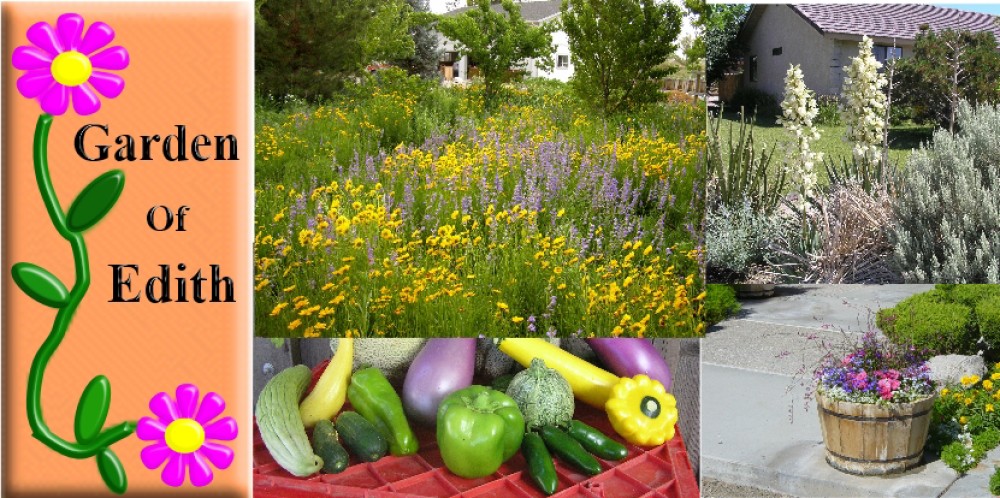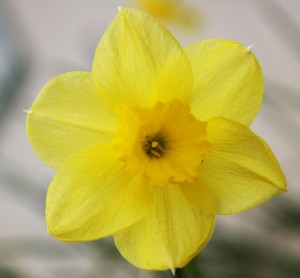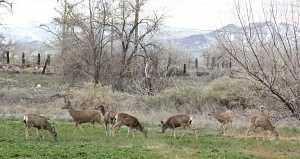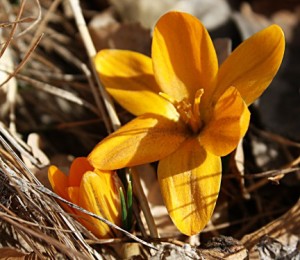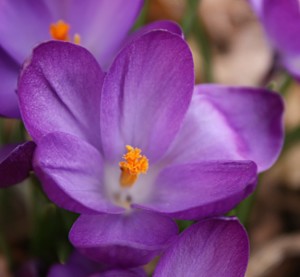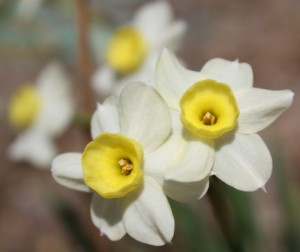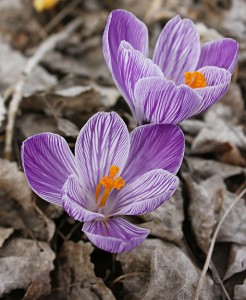I love the spring blooming bulbs and most of them do well in desert climates like the
northern Nevada desert climate where I live. They would all do well in my garden if it were not for wildlife visiting my garden. Fortunately, wildlife don’t find all my spring flowering bulbs tasty.
I love tulips with all the colors and variations in flowers from double to single and so do the deer, gophers and rabbits. Those pictures in the catalogs of beds full of tulips are always tempting me, I buy them in the fall but I have learned my lesson. Unlike me, who appreciates tulips for their visual appeal, the deer, rabbits, and gophers find them to be a very tasty meal. In the past, I have planted tulips but the only ones that have survived are a few species tulips that one of my gardening acquaintances says are more deer resistant.
I’m disappointed I can’t get more tulips in my garden and I’ve stopped ordering them from catalogs even though their pictures are enticing. Instead, I get my spring color from daffodils, crocus and grape hyacinths or Muscari. This combination gives me almost as much color and it gives me a longer period of blooms from February to the end of May.
The first flowers to push their blooms out of the ground are the crocuses and they do so when morning temperatures are still freezing. Their narrow leaves don’t even reach their full size before the flower buds open. They come in yellow, various shades of
purple and white. The first to open are the yellow ones followed by the more deeply purple ones. The lavender, lavender striped, and white crocuses are the last to ones to bloom and their blooms have faded by the end of March.
Leaving no gap in color, the daffodils start blooming in early March. I usually order the collection of varieties that gives me blooms from early March until late May. Most of the daffodils are yellow with a few white. Some have more than one shade of yellow and some, like ‘Pheasant’s Eye’, are yellow and white. They come in a variety of sizes from the tiniest ‘Minnow’ to the large double flowered daffodils.
Finally, in early April, the Muscari or Grape Hyacinths start bloom with their bluish purple blossoms and they last into June when the gardens in Nevada will be at the height of their blooming before the hot desiccating months of July and August. The catalogs usually have a number varieties of Muscari that come in shades of white to the deepest bluish purple but I always get the latter because they stand out better against a background of other flowers and bare soil that surround them in my garden.
I always leave the leaves to fade into the ground so that the bulbs can build up enough energy for next year’s blooms. These spring flowering bulbs are one of the most carefree plants I have in my garden and by leaving the leaves to die back naturally; I’ll
have blooms for years to come.
